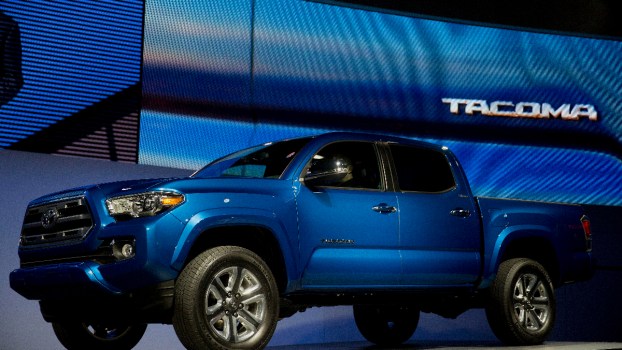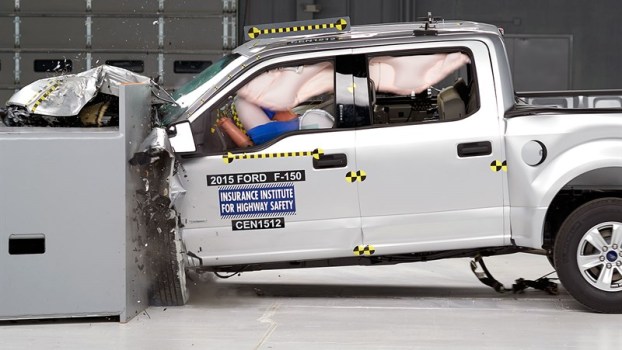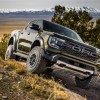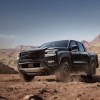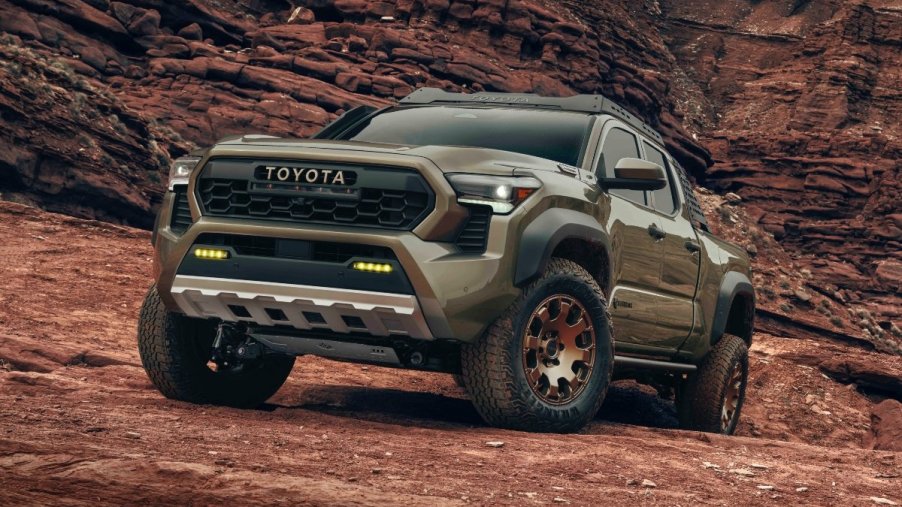
Not 1 New Small Truck Passed This IIHS Safety Test
We often forget that where you are in a car can seriously affect how safe you are in a car crash. A study by the IIHS last year concluded that the backseats of smaller trucks were substantially less safe than the front seats. With the sudden popularity of small pickup trucks like the Ford Maverick and Hyundai Santa Cruz, the IIHS recently tested the safety in backseats of pickup trucks, and the results weren’t great.
How safe are small pickup trucks?
“Our updated moderate overlap front crash test proved to be challenging for small pickups,” said IIHS President David Harkey. “A common problem was that the rear passenger dummy’s head came dangerously close to the front seatback, and in many cases, dummy measurements indicated a risk of neck or chest injuries. All these things tell us that the rear seat belts need improvement.”
In case you are a regular person and don’t know the boring jargon used in car safety testing, the way groups like the IIHS rate backseat safety is by something called the Moderate Overlap front crash test. This test is conducted by crashing a car, or in this case, a truck, into a deformable barrier at 40 mph. However, this test isn’t done head-on, but instead at an angle to only hit the front half of the driver’s side.
The IIHS says that this type of crash is not only more realistic and common than a full head-on collision, but it is also a more difficult test for cars and trucks to pass due to the increase in variables. Given its difficulty, this test is a much better indicator of how safe (or unsafe) a car or truck is.
What trucks did the IIHS safety test?
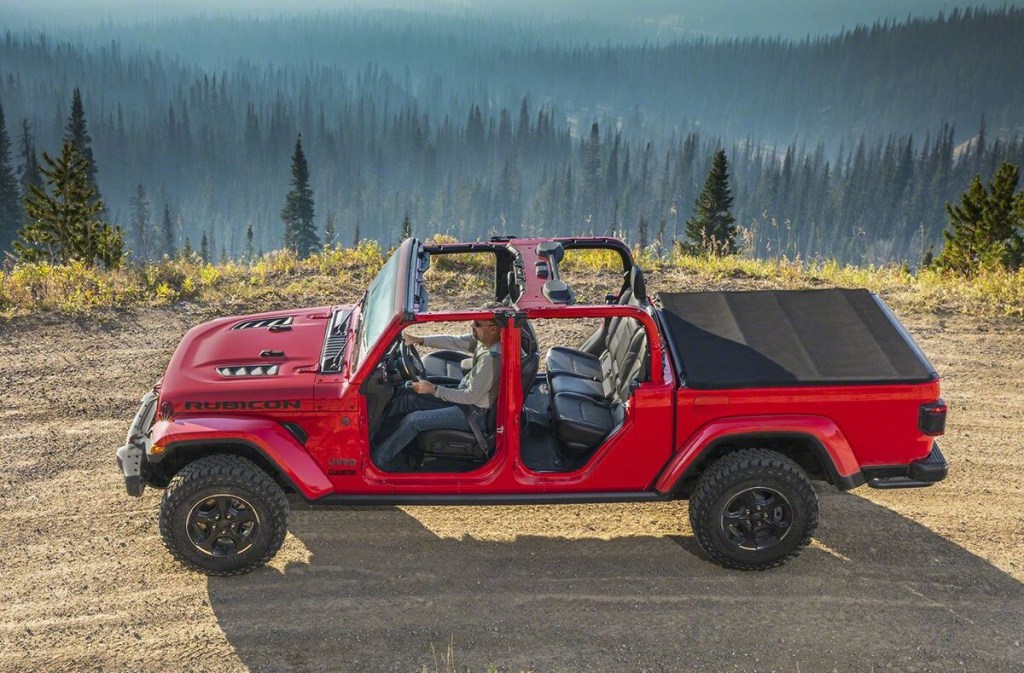
To prove that point, the IIHS wasn’t pleased with any of the five small pickup trucks it tested. The trucks used in the test were the Ford Ranger, Nissan Frontier, Chevy Colorado, Toyota Tacoma, and Jeep Gladiator.
The Jeep Gladiator earned the highest score of the bunch, which was “acceptable” for backseat passengers. The Nissan, Chevy, and Toyota all received marginal ratings, while the Ford was considered poor. That said, these trucks all did pretty well for front-seat safety. However, with backseat safety scores being so bad, the overall safety ratings for these small trucks were still pretty low, with the exception of the Nissan Frontier, which scored “average” overall.
Why are front seats safer than back seats in cars?
The evidence points to the seat belts. Front seat belts are better at holding us in place during a crash. The rear seat belts seem to struggle with this. The common result is the passenger in the back would hit their head or chest on the seat in front of them. If that didn’t happen, the rear passenger would “submarine” or slide under the seatbelt until the lap belt was at chest or even neck level. It’s clear to see why this might be a problem.
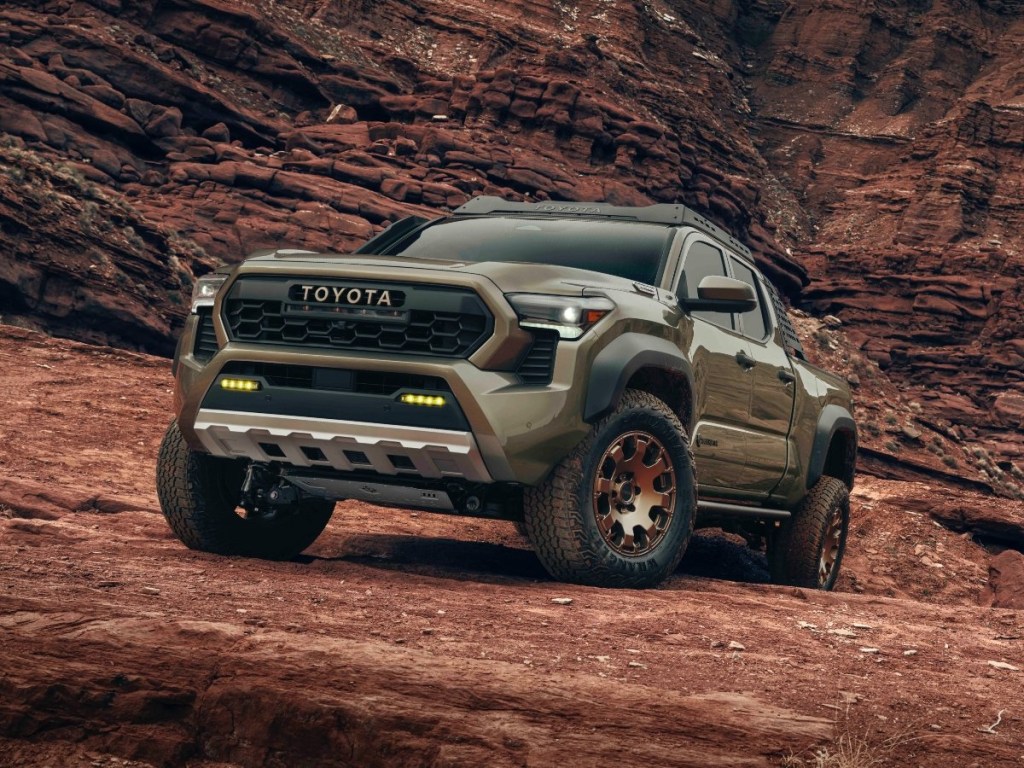
The Toyota Tacoma did poorly, but IIHS tested the 2022-2023 model – not the newly released 2024 model. While we are unsure of how the new Tacoma might perform, it is fair to say that the outgoing model’s score shouldn’t reflect the safety of the newly-redesigned model.
The common thread with back seat safety is cost
It’s hard to separate cheaper cars and trucks’ safety issues from their size versus the materials used. It seems to be that the smaller the vehicle, the less safe it is in the back seat. However, smaller cars and trucks are often the cheaper options. So is the lack of rear seat safety due to size or a lower-quality build, given the price points? While we can’t prove one or the other, the most likely thing is that it’s probably a combination of the two. Either way, not one new small track passed the back seat safety test with anything more than and “average” score.
